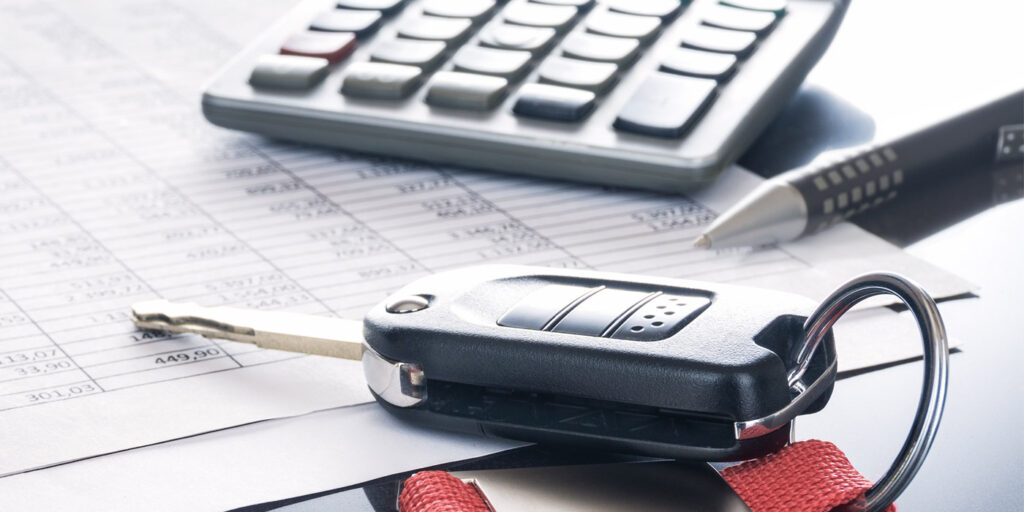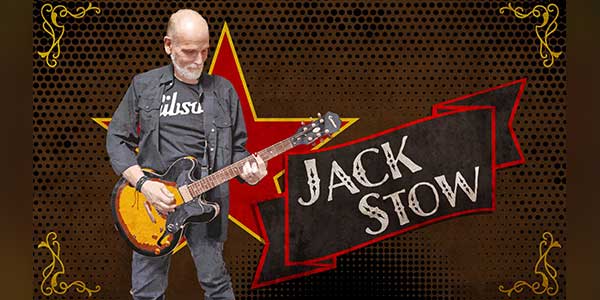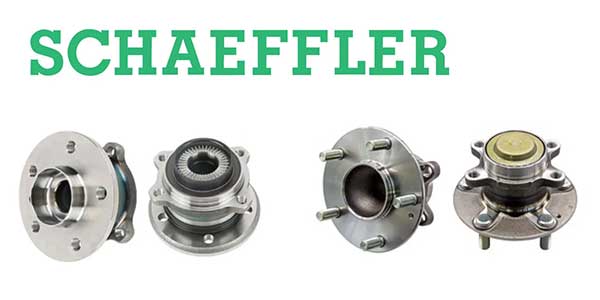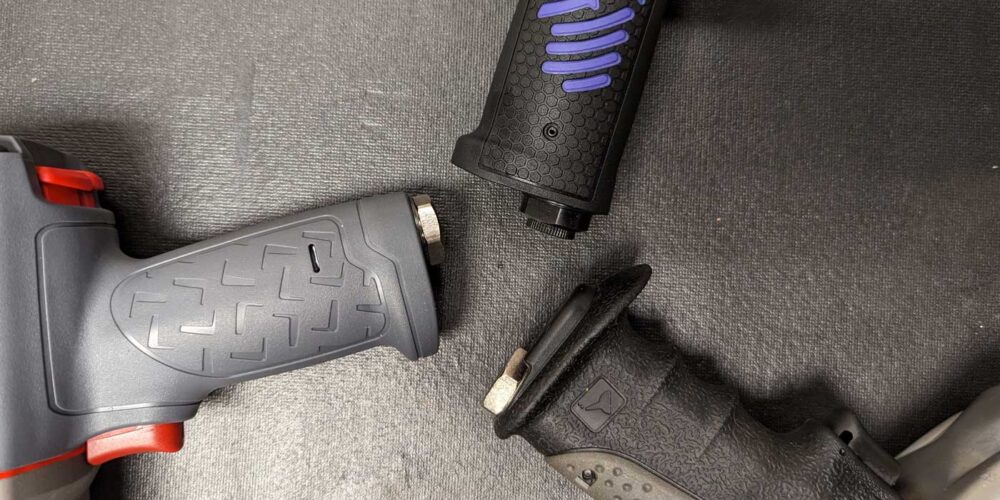Dealer-owned body shops are fewer and farther between these days. The financial commitment to equipment, certification and technology is substantial. So many of our customers and students feel squeezed. Do they invest and keep the body shop going, or do they close it down and send the work down the street? One of the difficulties most dealers have is being able to determine whether the body shop is really profitable or not.
Evaluate Your Measuring Methods
Most dealers flow the body shop statement through the typical dealer-wide financial doc. We always encourage our dealer clients to reconsider some of their “standard” or current practices. The body shop P&L is almost always a joke, in our opinion. For instance, many statements transfer very little if any parts profit to the body shop statement. This is a foolish practice. Some “generous” statements will show 50% parts gross transfer to the statement. I can tell you that if you don’t give the body shop full parts gross, you are sabotaging yourself.
Our average independent clients make 30-37% parts gross on their statements instead of the traditional 0-18% on dealer statements. The lazy accounting that some 20 Group gurus encourage ends up costing the dealer big time. The reasoning has always been that as long as the gross is recognized somewhere, the dealer still profits. Nothing could be further from the truth.
If the body shop manager doesn’t see full parts gross recognized on his statement, I guarantee he won’t sell as many parts as he should. He may reason that he is only making the parts department look artificially good with the body shop being robbed of rightful gross.
Many dealers don’t recognize how much latitude in parts sales a dealer body shop has. There are dozens of repair versus replace decisions made each week in the typical body shop. In many cases, the best decision would be to replace a panel, but the body shop manager may opt to repair it, since he feels that he gets cheated out of parts gross.
Another factor is the impact on paint and materials sales and consumption, which is impacted directly by the decision to repair versus replace a painted panel. When you replace a panel, you typically increase paid refinish hours significantly. When you repair a panel, you reduce paid refinish labor significantly. When you replace a panel, you get paid full panel refinish time, plus underside, plus blending. In many cases, you double refinish hours paid by replacing panels. This is vital in producing appropriate paint department profit.
Additionally, you increase the paint and material compensation from insurance companies due to the widely accepted formula for paint and material compensation. Typically, you get paid some dollar amount “per refinish hour.” This is vitally important, because most dealer shops struggle with paint and material cost/profits.
Speaking of paint and materials, we find many statements do not accurately account for “all” paint and material costs. Usually, the liquid costs are allocated properly on the statement, but dry costs like sandpaper, tape, adhesives, etc. are misallocated as “other supplies.” This can impact costs as much as 35% or more.
So, my advice:
1. Reevaluate your statement flow.
2. Recognize parts gross similar to that of an independent shop.
3. Track all materials cost, not just liquid.
4. Incent the body shop to sell parts and pay accordingly.
5. Get in or get out of the body shop business.














